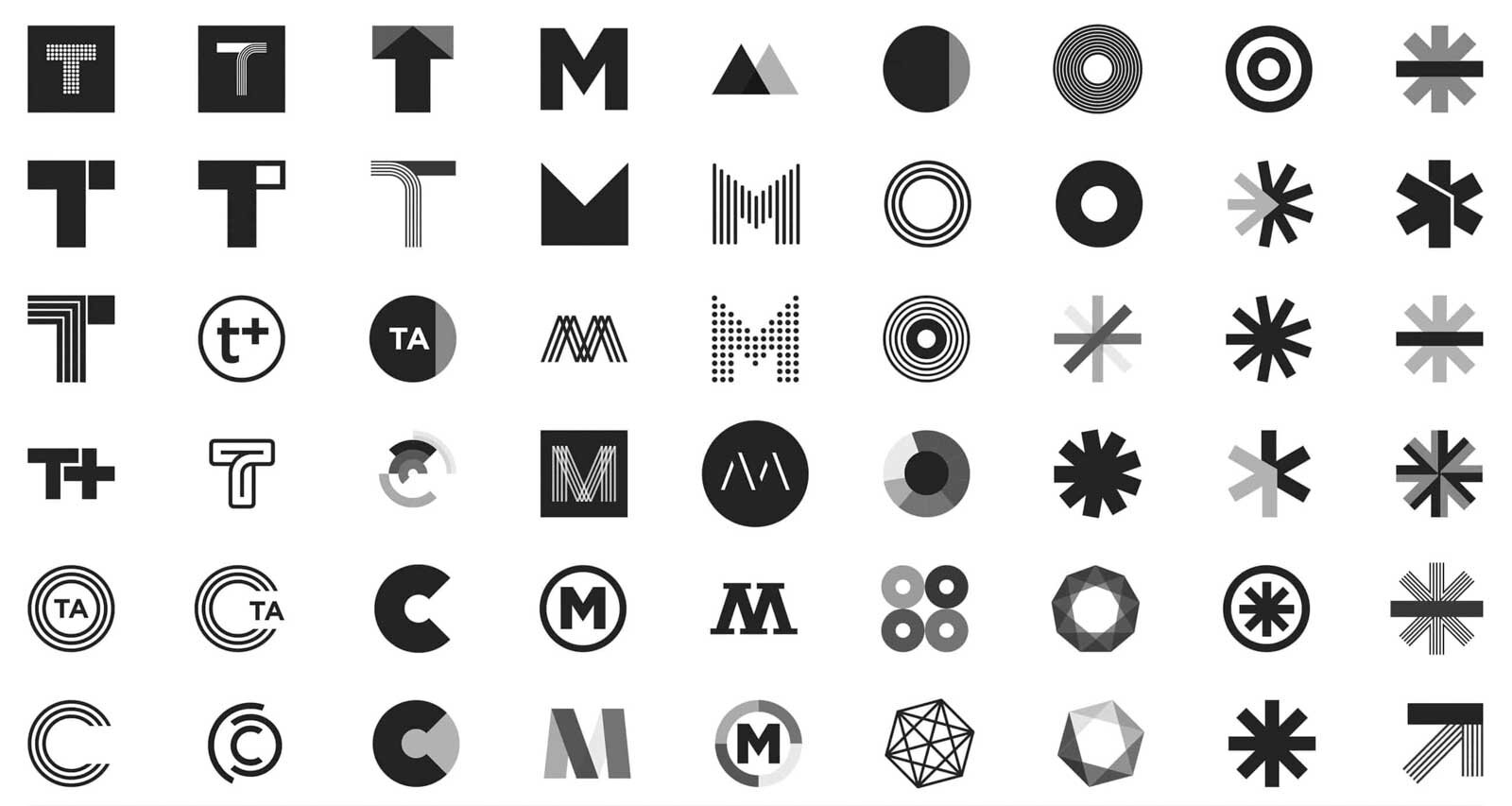Making sense of transit
by Caitrina Cody
What happens when a city's transport system is fractured and incoherent? When users have no consistent method of calculating routes or timetables, and payment for each different transport option requires an alternative card payment system — or inconvenient cash?
Consensus building ©applied metrolinx stakeholder engagement
At ALHAUS we prioritise user experience as we help clients improve their websites, launch new ones and create relevant copy. So we're always intrigued to learn more about the work of other user experience specialists, in this case, Applied Information Group — a pioneering urban planning and graphic design studio.
From museums to walking routes, airports to tourist attractions, Applied Information Group describes the wayfinding work that they do as essentially creating a sense of confidence within the user — in much the same way that an expert copywriter provides narrative, structure and coherency for their reader.
“We choreograph all the touch points and sensory cues that influence movement and journey decisions. We create information systems as a ‘choice architecture’ for nudging decisions, broadening horizons and enriching experiences. We help place, city and transport managers see the value in systems that can deliver customer benefit, adapt to change and support partnerships over the long-term.”
Transport symbols ©applied metrolinx network identifier sketches
In October 2020 we highlighted Applied's work with maps, signs and symbols, a focus that's been catapulted into prominence by the health and safety implications of COVID-19. They also dedicate their expertise to solving the problems of public transport — with Applied wayfinding systems like Legible London, Metrolinx Ontario and TransLink Vancouver already in use.
Now they’re turning their attention to helping launch San Francisco's first proper interchange: the Salesforce Transit Centre. The US West Coast’s Bay Area is notorious for its nightmarish transport system — with 27 different transit agencies in operation — and Tim Fendley, CEO of Applied, explains that a sense of confusion was discouraging passengers from using it.
“Our work comes from the logic of what the passenger wants. The barrier is that transit systems are often so hard to use — they don’t run often enough, you don’t know when they are going to run, you have difficult interchanges to tackle. The future is making transit systems as easy to use as the GPS that you use in your car. That’s the vision we’re interested in — and that approach will help every transport system on the planet.”
Applied's work on the Salesforce Transit Centre is dedicated to turbocharging the experience: ensuring that passengers can transfer seamlessly from one network to the other with the help of digital maps and intuitive signposting. The studio believes the time is right to re-imagine what world-class transport systems could be, and to aim for a future that is completely connected. We’re with them on that.




